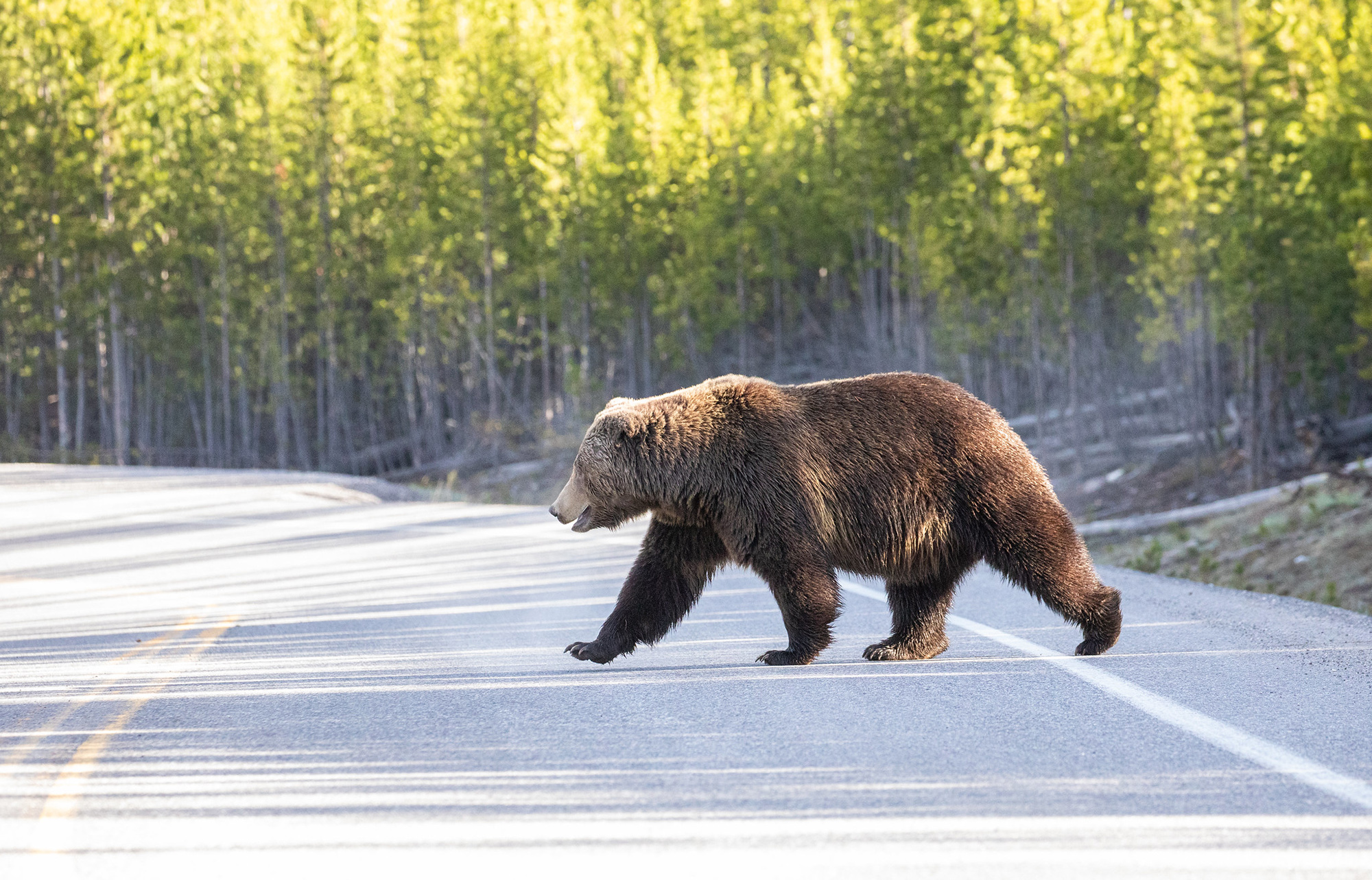Nearly a dozen Western lawmakers sent a scathing letter Tuesday to the U.S. Fish and Wildlife Service’s acting director Paul Souza, urging the agency to revisit the agency’s January decision to keep grizzly bears on the Endangered Species list, and accusing the USFWS of “changing the playbook” guiding the species’ recovery. This change lies at the heart of their concerns, as the federal agency proposed in January to establish a single recovery zone for grizzlies (what it calls a “distinct population segment”) and do away with the six distinct recovery zones that have guided grizzly bear management for decades.
Led by U.S. Senator Steve Daines (R-MT), the group of 11 Congressmen and -women who sent the letter represent Idaho, Montana, and Wyoming, the three states outside Alaska that hold sustainable populations of grizzly bears. (There is also a small population of grizzlies in northeastern Washington State, and more bears could be introduced into the North Cascades in the coming years.)
“We should be celebrating the recovery grizzly bears have made through the dedication and sacrifice of the people who must live with these bears in their backyards,” the letter reads. “We strongly oppose the proposed [4(d) rule] and urge you to review the population data to acknowledge the recovery of grizzlies.”
Read Next: Researchers Just Said California Could Support Up to 1,700 Grizzly Bears
The lawmakers say this “flawed” decision, which came during the final weeks of the Biden administration, is yet another example of the process being driven by politics instead of science. They contend that by moving back the goal posts for recovery, the agency is undermining the whole purpose of the Endangered Species Act and disregarding the achievements that have already been made in the Lower 48.
“This decision punishes Montana, Wyoming, and Idaho’s successful grizzly bear recovery efforts,” the lawmakers write in the May 13 letter. “As members who represent these states, we believe this flawed decision will severely damage trust in ESA listing decisions and undermine future recovery efforts.”
Several of those lawmakers have long pushed for the Feds to delist grizzlies, citing the federal agency’s own metrics for recovery that have clearly been met — in some cases, multiple times over. They point to the Greater Yellowstone Ecosystem, which now holds more than 1,000 bears, or more than double the goal of 500 bears that the USFWS had previously established. This should be viewed as a huge success story, according to agencies like Montana Fish, Wildlife & Parks that have been working toward grizzly recovery at the state level.
“The recovery of that population is one of the greatest large carnivore success stories in North American history,” a former MFWP Director wrote in 2016. “When the grizzly bear was put under federal protection in 1975, the GYE population was just 150 bears. The federal recovery goal then was 400 bears, later increased to 500 bears to make sure the population would be healthy and viable before delisting. The population reached that goal in 2002.”
Read Next: Montana’s New Grizzly Bear Plan Says It’s Ready to Take Back Management from the Feds
Other metrics help paint a fuller picture of how grizzlies are doing in the Northern Rockies. In 2024, grizzly bears set a new record in Wyoming for cattle depredations, while the Wyoming Game and Fish Department saw a near-record number of grizzlies killed by humans, according to reporting by WyoFile. But even with the loss of those 60-plus bears, Cowboy State managers said the grizzly population there is still growing. Already this year Montana has recorded at least two conflicts between grizzlies and humans, including a shed hunter who shot and killed a charging sow in self defense.
Federal wildlife managers have also seen grizzly bears expanding and dispersing into the different recovery zones, including the first documented instance (since the bears were listed) of a male grizzly leaving one zone and breeding successfully in another. The USFWS called this a “milestone” in a recent explainer article, which noted the “remarkable success” of grizzly reintroduction — thanks in large part to the commitments from state and tribal agencies over the last 40 years.
The USFWS, however, has used the same milestone to argue that managers should encourage this movement between recovery zones and continue to list the bears as threatened, with all the federal protections this entails under the Endangered Species Act, until they are all part of one big, interconnected population. Daines and other lawmakers say this is totally unrealistic and unachievable because the four-state region is no longer connected by viable grizzly habitat. And with more human development taking place in the West every year, the islands of habitat that can support grizzlies will only get farther apart.
“For FWS to take this remarkable recovery data and say that recovery is too effective to warrant delisting is ludicrous,” the letter reads. “It is time to celebrate the recovery of grizzly bears by delisting them and returning management to the states where it belongs.”
The timing of the letter is significant because the USFWS is still accepting public comment on its proposed grizzly bear rule until Friday. The original 60-day comment period was set to expire in March, but after canceling a series of in-person public hearings on the rule change in January, the agency decided to extend the public comment period until May 16.
Read the full article here





